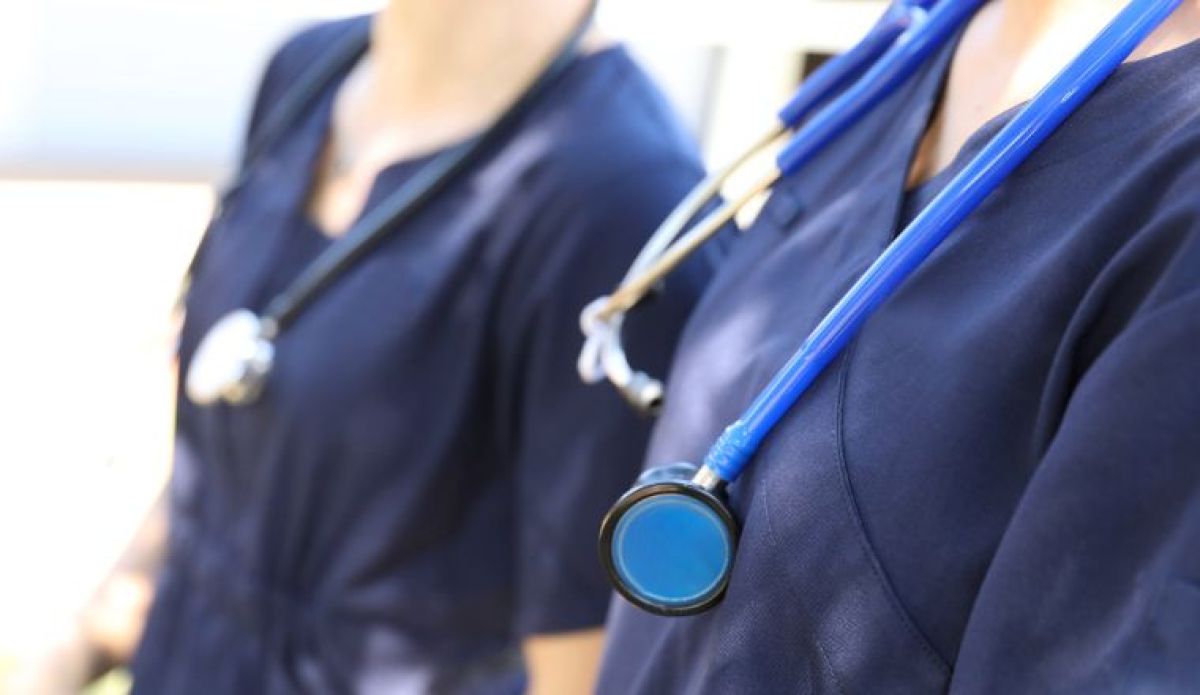Health Easy Read resources
Simple and easy to read information about health services and staying healthy.
Going to the doctor or hospital
Image

- When you go to hospital
- Consent to getting health care
- Getting health information in your language
- Getting ready to leave hospital
- How to make a complaint about your health care
- Yearly health checks
- Types of health checks
- Adult health services
- Your right to good health care
- Virtual care for digital (PDF 1.41MB) (PDF 1.41MB)
- Virtual care for print (PDF 6.69MB) (PDF 6.69MB)




